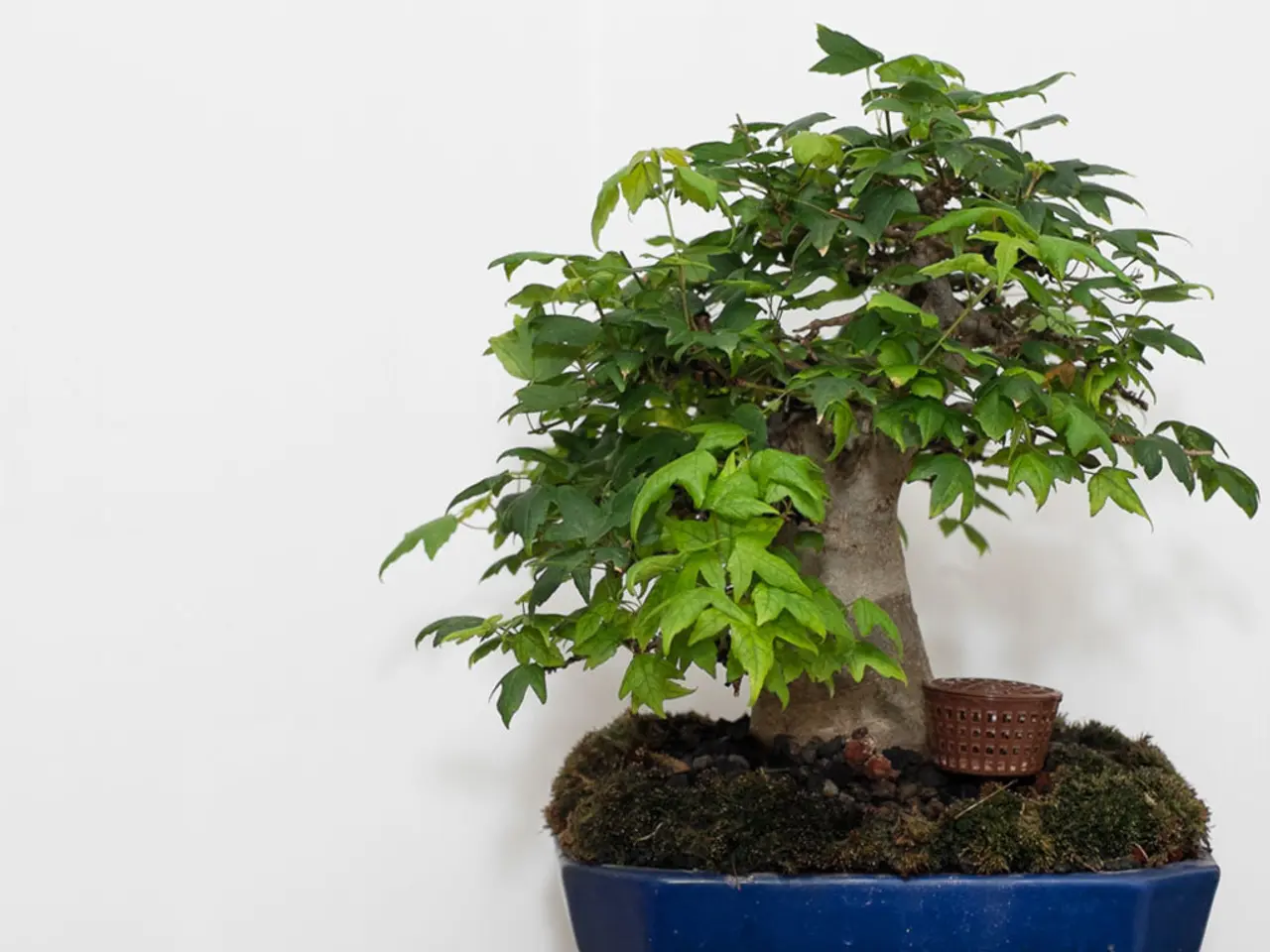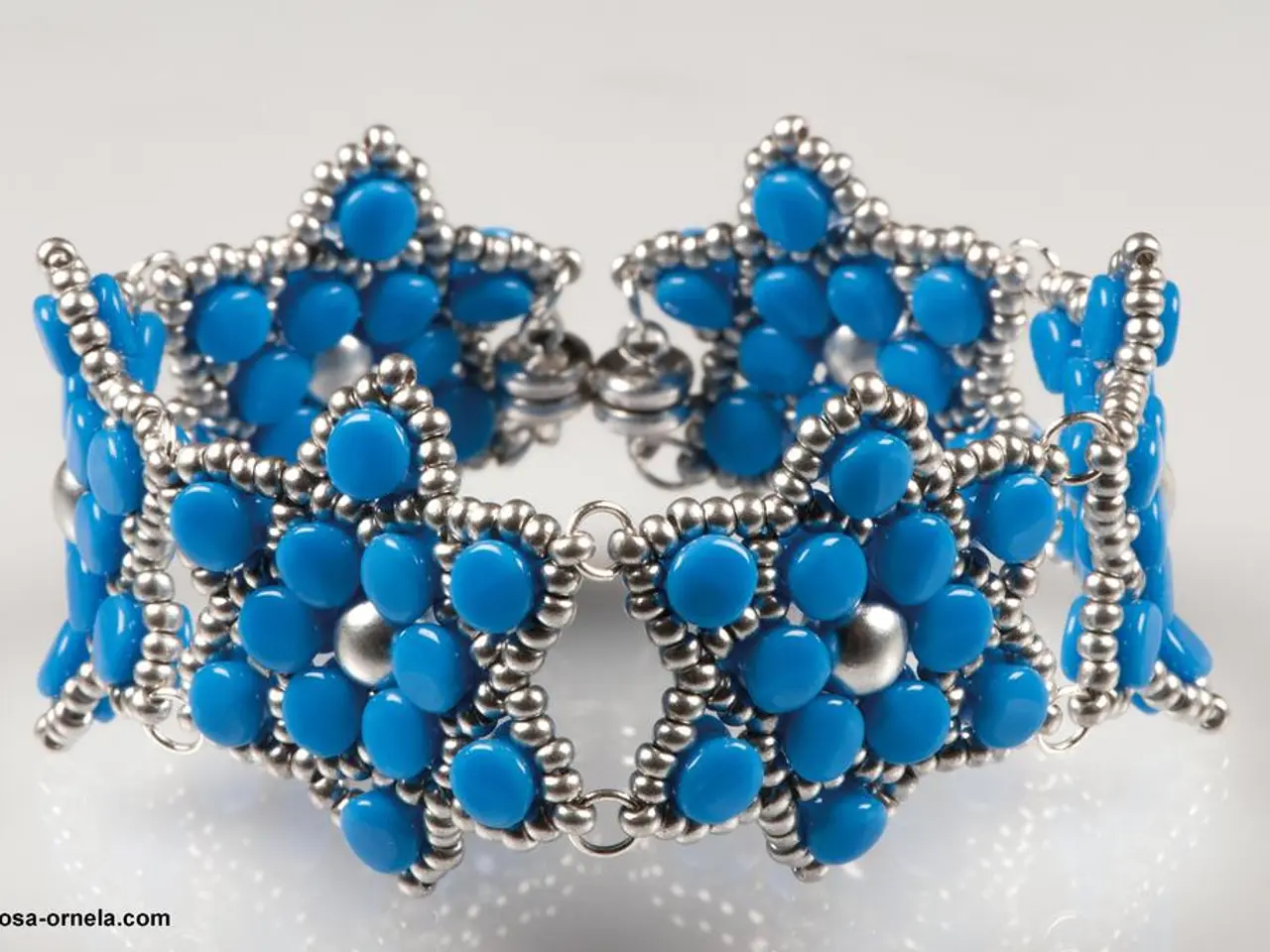Root Ventilation in Bonsai: Significance & Attaining Ideal Environment
In the intricate world of bonsai, maintaining healthy root systems is essential for the longevity and vitality of these miniature masterpieces. By adopting some simple yet effective techniques, bonsai enthusiasts can create an ideal environment for root growth, promoting overall tree health.
One key aspect is using well-draining soil mixes. Components like pumice and lava rock are highly recommended, as they help improve aeration, drainage, and soil structure—all essential for healthy root development in bonsai. A loose and aerated soil mix is ideal, as compacted soil reduces oxygen availability to roots and should be avoided.
Practicing thorough but controlled watering is another crucial factor. Water deeply until excess drains, but never let the bonsai sit in standing water. Regularly checking soil moisture is vital, with watering only when the soil feels dry an inch below the surface. This balances moisture retention with adequate oxygen.
Some bonsai species, such as Azalea, Camellia, and Rhododendron, are more sensitive to poor root aeration than others. On the other hand, Japanese Maple, Elm, and Pine require extra attention due to their finicky nature. Monitoring soil oxygen levels is vital, as even slight imbalances can have devastating consequences. Caretakers should regularly check for signs of oxygen deficiency, such as slowed growth, yellowing leaves, or soft, mushy roots.
To maintain optimal conditions, caretakers can employ various methods, including soil probes, oxygen meters, visual inspections, and waterlogging tests. Regularly rotating the bonsai every 1-2 weeks can prevent root aeration imbalance, promoting healthy root growth and adapting to the specific species' needs.
When it's time for repotting, bonsai enthusiasts can remove old, depleted soil, replacing it with a fresh, oxygen-rich substrate that encourages healthy root growth. Proper watering techniques are essential for maintaining aeration in bonsai soil, with watering done thoughtfully based on the substrate's water-holding capacity, the bonsai's species-specific needs, and the environment's temperature and humidity.
A general rule of thumb is to water when the top 1-2 inches of soil feel dry to the touch, but this may vary depending on specific conditions. By optimizing pot size and shape, selecting containers that provide ample room for root expansion and aeration, bonsai enthusiasts can further support healthy root growth.
Several specialized tools and accessories are available to support bonsai enthusiasts in their pursuit of ideal root aeration, including root hooks, root rakes, aeration tubes, mesh screens, soil scoops, cultivators, repotting mats, and root pruning scissors. Regular pruning and inspection of roots can help identify and address any signs of disease, pests, or damage.
In conclusion, by carefully selecting and configuring the components of the root environment, bonsai caretakers can craft an ideal setting that supports healthy root growth, vigorous plant development, and overall tree longevity. This is achievable by combining well-draining substrates, ideal water management, and strategic container design.
- In the field of environmental science, understanding climate-change effects on bonsai root systems is essential to preserve these miniature trees for future generations.
- A well-designed lifestyle that includes hobbies such as bonsai cultivation promotes a connection with nature and encourages eco-friendly practices.
- While maintaining bonsai tree health, it's important to be aware of data-and-cloud-computing advancements in artificial-intelligence that can assist with optimizing soil aeration and water management.
- In the world of technology and gadgets, innovations in home-and-garden automation could potentially monitor soil moisture levels and optimize watering routines for bonsai trees, ensuring healthy root development.
- Fashion-and-beauty enthusiasts may find inspiration in the precision and artistic techniques used in bonsai cultivation, ultimately reflecting their dedication to maintaining an admirable environment for both bonsai and themselves.




